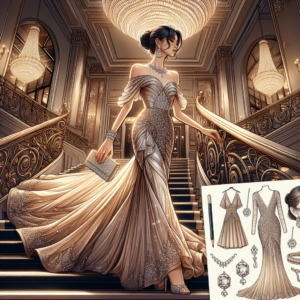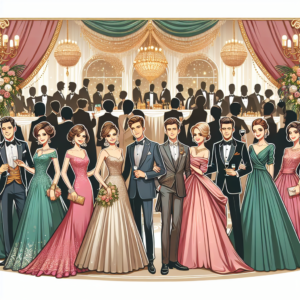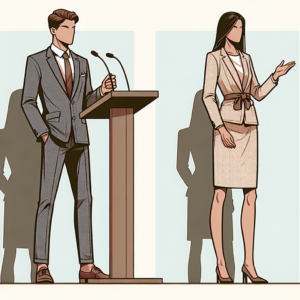How to Dress for Businesswomen
1. Introduction
In today’s professional environment, dressing appropriately can significantly affect how you are perceived in the workplace. Professional attire not only reflects your competence and seriousness but also boosts your confidence. This guide provides insight into how businesswomen can create a polished and professional wardrobe.
2. Understanding Dress Codes
Understanding the dress codes commonly encountered in professional settings is crucial.
Business Formal
Business formal typically requires tailored and more traditional garments. For women, this includes:
– Tailored suits (pantsuit or skirt suit)
– Blouses or dress shirts
– Closed-toe heels
– Minimal accessories
Business Casual
Business casual offers more flexibility while still maintaining a professional appearance. This could include:
– Dress pants or smart trousers
– Professional blouses or knit tops
– Cardigans or blazers
– Closed-toe flats or low heels
3. Wardrobe Essentials
Building a versatile wardrobe begins with essential pieces that can be mixed and matched:
– Blazers: A well-fitted blazer can elevate even the simplest outfit, offering a structured silhouette.
– Trousers: Choose styles that fit well around the waist and hips; options include straight-leg, wide-leg, or tailored trousers.
– Skirts: Pencil skirts and A-line skirts are classic choices that provide femininity while remaining professional.
– Dresses: Shift dresses or wrap dresses are excellent for business settings and can be dressed up or down depending on the occasion.
4. Color and Fabric Choices
Choosing the right colors and fabrics is vital in projecting professionalism.
Best Colors
– Neutral Colors: Black, navy, gray, and beige are staples that convey professionalism.
– Accent Colors: Incorporate soft, muted colors such as pastels or jewel tones for a polished look that still shows personality.
Fabrics
– Quality Fabrics: Invest in high-quality fabrics like wool, silk, cotton, or blends to ensure your clothes look sharp.
– Avoid Overly Casual Fabrics: Steer clear of materials like denim or overly stretchy fabrics in a business setting.
5. Accessories and Footwear
Accessories and shoes should complement your outfit and adhere to the professional standard.
Appropriate Shoes
– Heels: While pumps are classic, opt for modest heights (usually under 3 inches).
– Flats and Low Heels: Keep them professional – closed-toe styles are ideal.
Accessories
– Minimal jewelry (e.g., stud earrings, a simple necklace)
– A structured handbag or briefcase
– A classic watch
6. Grooming and Personal Care
Effective personal grooming is essential to complete your professional look.
– Hair: Keep hairstyles neat and tidy – professional updos or well-styled haircuts work best.
– Makeup: If worn, opt for a natural look that enhances rather than overshadows your features.
– Hygiene: Maintain cleanliness, applying deodorant and, if necessary, light fragrance.
7. Conclusion
Creating a wardrobe that aligns with professional standards allows businesswomen to express personal style without sacrificing professionalism. By understanding dress codes, investing in wardrobe essentials, making mindful color and fabric choices, and paying attention to grooming and accessories, you can cultivate a look that exudes confidence and competence in any professional environment.










